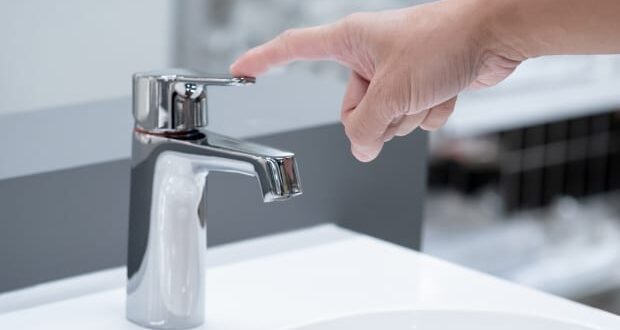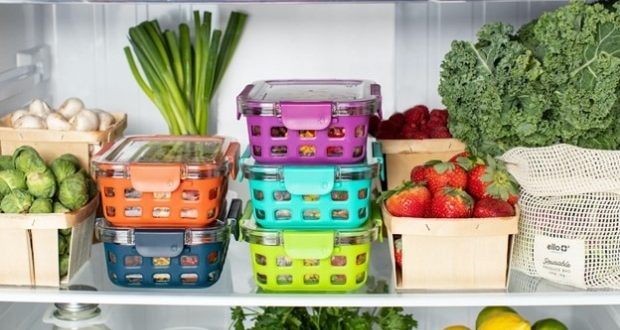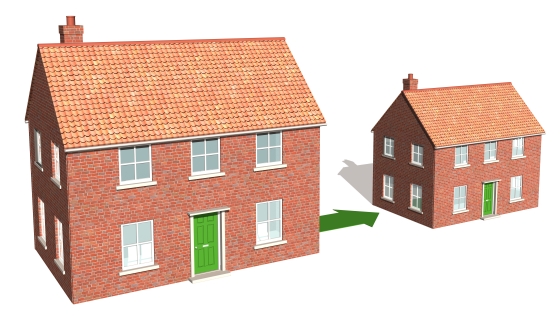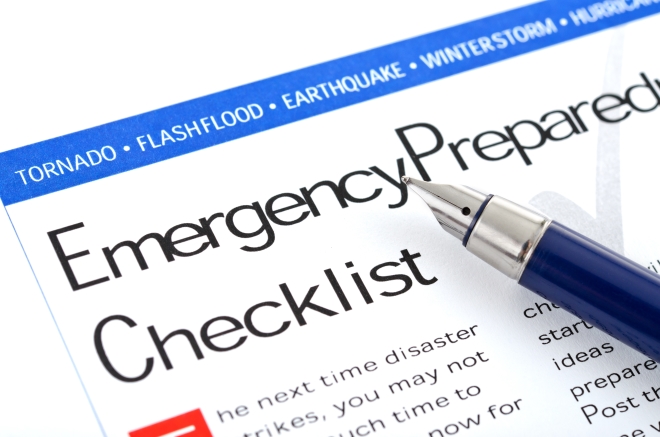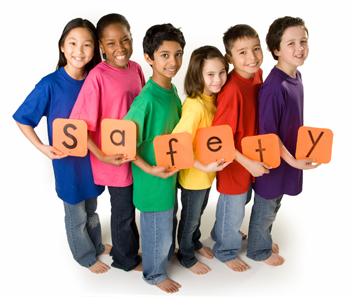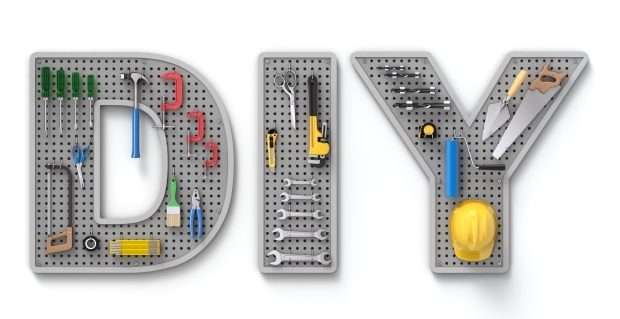Water Conservation 101: A Guide For Families
Instilling healthy habits and behaviors is a major part of parenting. Such ethics can stay with children for the rest of their lives, affecting future relationships, lifestyle choices, and more.
The right guidance may positively impact the planet as kids learn to protect the Earth and its most valuable resources. Whether you’re a parent, stepparent, or guardian, the importance of guiding small children to make environmentally sound choices cannot be understated.
Below, we’ll go over the basics of water conservation and a few ways to help teach future generations about using water wisely.
Why Conserving Water is Vital
Now, more than ever, our planet is in danger. From the life-altering impacts of climate change to the fallout from disastrous water and air pollution levels, the place we call home must be better protected. One particularly at-risk resource is water.
Although our supply of water seems vast, it is finite. That is especially true for fresh, potable water. In fact, the freshwater that we are able to access and drink only constitutes 1% of all water on Earth.
Because of this limited supply and the rapidly rising level of pollution within it, much must be done to conserve water where possible. This includes at home, where the average American family of four goes through an astounding 400 gallons daily. As the global population continues to grow, this already unsustainable usage will impact all aspects of life as we know it.
While children cannot be expected to understand the gravity of the situation, they can be taught that every person has a part to play in helping safeguard our home. It’s in building this awareness that real change becomes possible. After all, if kids are left to think our current unsustainable levels of waste are fine, the problem will only worsen. Therefore, we need to teach them to conserve water by limiting waste and reducing the risk of contamination.
Ways Parents Can Help Teach Kids to Save Water
Instructing youngsters on conserving water at home often involves modeling simple behavioral modifications. It could be trivial changes, such as turning off the tap while brushing teeth or taking fewer, shorter showers. Although they seem small, these little things we do or don’t do can tally up to a lot of waste. Get started by:
- Opting for showers instead of baths
- Re-wearing clothing
- Re-using bath towels
- Avoiding wasted drinking water by pouring leftovers into house plants
- Using a bucket and rag to wash the family bikes and cars, not the hose
- Make sure the faucet is closed tightly after every use
- Designating one water glass or refillable bottle for each person every day to cut back on dishes
- Tossing old water on outdoor trees or shrubs when giving pets fresh water
- Reading informative yet child-appropriate books to encourage environmental mindfulness
- Rewarding kids for following water-saving practices
It will take all of us to make a difference and halt the depletion of our natural resources. As your kids learn and grow, be sure to instill the importance of water conservation and how the future of our home is in their small hands.
Want more tips on conserving water around the house? Check out the accompanying resource from Diversified Technology for further information. Here’s what you should know about water purification systems and safe water.
Infographic provided by Diversified Technology, water utility billing software

